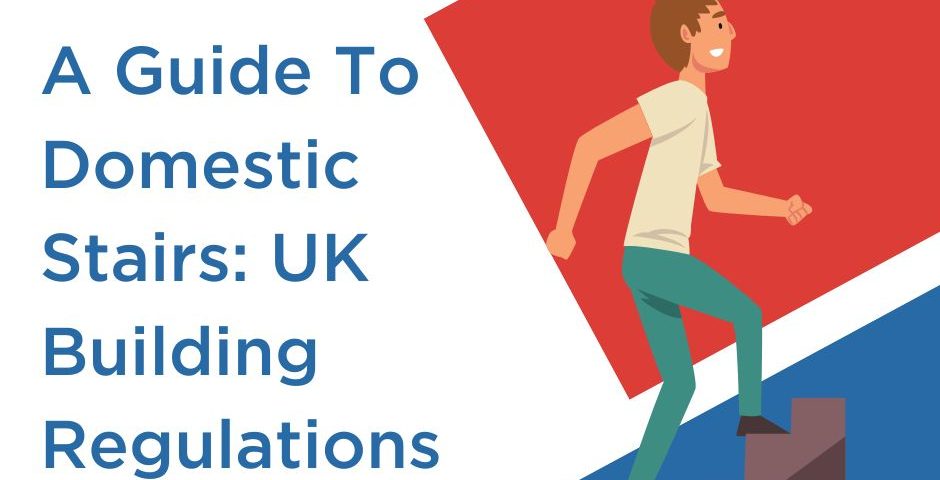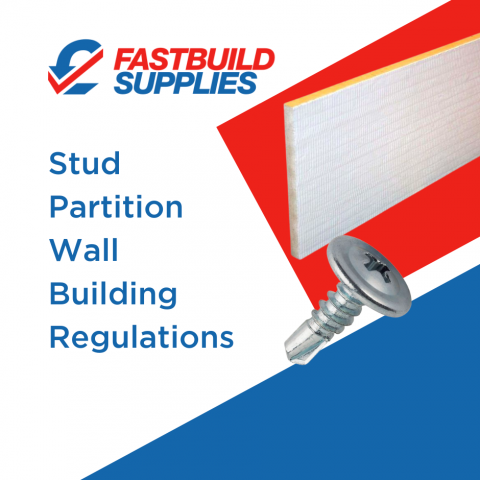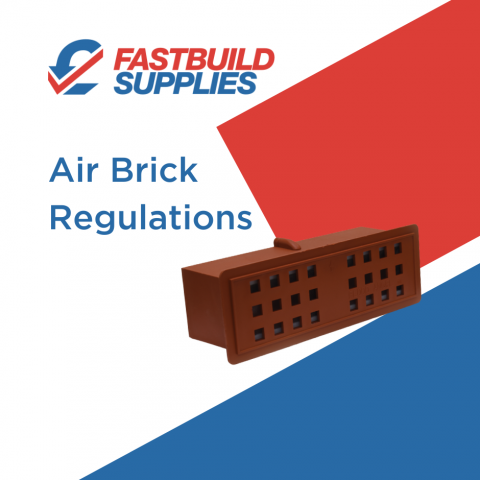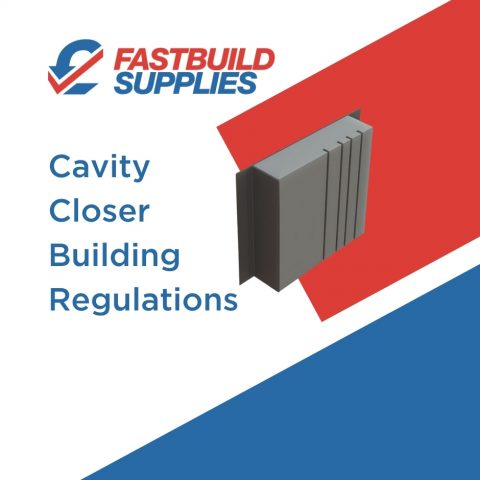
Building a staircase can be an arduous task; creating a space that is functional, space-saving and looks good can take quite a lot of work and planning. On top of this, there are a handful of criteria all domestic staircases must meet to ensure the occupant's safety within the home.
Once you get your head around the necessary measurements when designing the staircase in the property you are working on, things become a lot easier. So, let's jump into it and discuss all the necessary building regulations you should meet when building staircases in domestic properties.
At Fastbuild, we stock a range of products to help with the construction of domestic staircases, including timber and sheet materials as well as a range of timber and wood screws.
Stair Pitch and The Rise and Going
One of the most critical elements when constructing a staircase is ensuring that the rise and the going on each step are the same. This is because humans are creatures of consistency and intuition; when we use stairs, our brains assume that each step will be the same (as that is what we are accustomed to). If one step is slightly off on its rise or going, it can easily throw off your balance, resulting in a nasty fall.
The minimum and maximum regulation rise and going of each step should align with the following:
- Rise: minimum 150mm and maximum 220mm
- Going: minimum 223mm and maximum 320mm
Regulation Pitch Of The Stairs
Generally, the pitch of the stairs should never exceed 42 degrees in steepness. However, there can be an exception to this rule at the discretion of the building regulation inspector. If the inspector deems a steeper pitch unavoidable, then you are in the clear. If the stairs lead into a loft or loft conversion with one habitable room, that room can also have a bathroom or ensuite so long as it is not the only bathroom in the home.

The Rule Of 18
Lucky for us, there is a handy little 'rule' that is applied to the majority of domestic stairs, which is: rise + going = 18 inches. As this is the most common way to construct stairs, it means that we are generally used to the feel of using these stairs, making them the most comfortable and natural to walk up and down.
Construction On Domestic Staircases
It's not just about the rise, going and pitch either. There are other measurements you need to consider depending on the style of steps you are constructing. The two types of steps can be open and closed riser stairs. In open riser stairs, the gap between them should be built so that a 10cm sphere can’t fit through them. Furthermore, the lip of the step (which is the edge that hangs over the bellow step) should be 16mm to ensure comfortable use of the steps.
Width Regulations For Staircases
In a domestic setting, there is actually no minimum width for a staircase; however, you will still want to ensure that the stairs can be comfortably used. Therefore, this is excellent news for all of those homes that are a little tight on space.
It is worth noting that some rules apply to minimum width when it comes to fire escapes and for disabled accessibility. These rules can be found in Part M of the building regulations.
When it comes to a maximum width of a staircase, the overall width itself can be whatever fits the property best. That being said, a handrail will still be required at 2000mm intervals to ensure a safe ascent or descent is possible.
Head Room And Regulation Staircases
When it comes to headroom above a staircase, things become much more straightforward,
there is one regulation requirement, and it is as follows:
- You must provide a minimum of 2m of headroom above all areas of the stairs, including landings.
- The headroom should be consistent from the bottom of the stairs to the top of the stairs.

Building Regulations For Staircase Handrails
Complying with building regulations when it comes to handrails is a matter of health and safety as well as accessibility for those less able. Not only is it a legal requirement to provide a handrail, but there are general rules to abide by, which are as follows:
- For stairs less than 1 metre wide, you must provide a handrail on one side. A handrail should be installed on both sides for stairs more than a metre wide.
- The height of the handrail should be between 900mm and 1000mm, which is measured from the pitch line to the top of the handrail.
- No handrail is required for the bottom two steps.
- The gap between any spindles (posts) on a handrail should have a gap small enough that a 100mm sphere can NOT pass, though- this prevents small children from getting their heads stuck.
Staircase Landing Regulations
Landings play an important part in the functionality and safety of the house, and just like handrails, several regulations must be followed.
- The area between the opening of a door in front of the stairs and the stairs must be at least 400mm when it is open. Meaning when the door swings on its hinges, it should be 400mm at the most open point.
- There should be a landing at the top and bottom of the staircase.
- Handrails on a landing should be between 900mm and 1000mm from the floor.
- All landings must be level.
- The landing should be wider than the staircase.

Regulations For Stairs That Turn Or Change Direction - Kite Winders
Providing a turn in a staircase through the steps or the introduction of a landing is a great way to reduce the amount of space required by a staircase. A staircase constructed with a kite winder will typically have a mixture of straight treads and winder treads, and the winder threads must be equal to or larger than the straight treads to ensure a safe curvature to the winding staircase.
The general rule is: double the individual rise, plus the going needs to be between 550mm and 700mm. However, this rule can cause trouble in two-step winder boxes, which is why a winder box should contain at least four steps to ensure a smooth transition.
Do you want to refresh your memory on some other UK building regulations? Head to our knowledge hub to discover a range of articles covering construction regs and blogs, such as the changes made to the building regulations in 2022. For more information on any of the products used in the construction of stairs, contact Fastbuild today, and we will talk you through products, prices and delivery.





